Dear friends,
Welcome to this week's letter, where we delve into Part Three of the series How I Started My Career as a Professional Photographer. In this edition, we'll take a nostalgic trip down memory lane, reflecting on the pivotal moment when I returned to analog photography and its impact on my work and career.
If you're a new reader, don't worry! You can catch up on what came before by reading Part One and Part Two.
This week’s PROCESS GIVEAWAY is in partnership with our friends at Urth who are giving away a Magnetic Essentials Filter Kit, and a Core Camera Strap. Scroll down for more.
Housekeeping
I’m opening up a small number of mentoring slots for June. Are you looking to grow, create a portfolio, make a zine or book, or simply want to ask questions? Read more about how it works here and book a session now. Below is a recent testimonial by Bay Area-based photographer David Buechner.
“Wesley has a unique capacity to listen, ask questions, generate excitement, and mutually explore ideas. He carries a unique spirit of hospitality, is practical, and understands how to move projects forward. Most importantly, I felt comfortable in my process with Wesley, as I talked about, developed and further envisioned my project. I left with integral steps to move my project forward and to completion.
The Importance Of Being Somewhere (2015-2016)
In the preceding chapters, I've highlighted the significance of personal projects in paving the way for editorial client work, and how engaging in editorial assignments opened doors to my initial commercial clients. The period from 2013 to 2016 was dedicated to venturing into unexplored territories.
At this point, I found myself splitting my time between the electric energy of New York City and the beautiful landscapes of San Francisco, in the pursuit of deepening connections with the tech industry. Now, let's be clear—I wasn't raking in the big bucks of a bi-coastal lifestyle just yet. However, a stroke of luck smiled upon me. You see, I had a good friend in SF who frequently needed to be in the NYC, and we hatched a plan: we'd swap apartments every other month. This lasted for about a year.
Let me tell you, it was an absolute whirlwind of an experience. Living in both of these mesmerizing cities offered me an unparalleled opportunity to explore, network, work, and grow—not just as a photographer, but as a person.
Digging Deeper, Leveling Up (2016-2017)
After a period of exploring new places and areas of photography, 2016-2017 proved to be a period of digging deeper and growing in the those areas.
In the realm of editorial assignments, I was exceptionally fortunate to embark on writing and capturing stories for National Geographic Traveller—an absolute dream client (see Process 083).
As for my commercial endeavors, I expanded my reach to include tech clients like Foursquare, Squarespace, and Pivotal. I also successfully pitched captivating editorial narratives for a commercial client for the first time with the innovative razor startup, Harry's (see Process 080).
Simultaneously, I took on my most ambitious curatorial role to date when the esteemed International Center of Photography invited me to conceptualize a new exhibition series focused on amplifying new voices in photography (see Process 084).
This was followed by the huge honor of being invited to the White House during President Obama's final year in office to participate in dialogue with creatives and changemakers with the collective objective of enhancing our communities.
An Important Shift - Contax T2 (2018)
Growing up in the 1980s as the son of a photographer, I was surrounded by the warm, crimson glow of the darkroom, spending my days engrossed in playful experiments with film canisters. By the time I found my way back to photography as an adult around 2013 analog photography had become a niche movement, and even my father had fully embraced the digital revolution years prior.
Even though the business side of my photography was growing, I felt creatively stuck and wanted a change. So far, I had relied on a single camera body (Canon 5D Mark III) and two lenses (Sigma 35mm F1.4, Canon 24-70mm F2.8) for all my personal and client work. It wasn't that I had any particular gripes with this setup, but I yearned for a fresh burst of inspiration to invigorate my creativity.
Inspired by the recent resurgence of film I made the decision to dive back into the world of analog photography. I took the plunge and acquired a Contax T2 point-and-shoot camera, a sleek titanium powerhouse that could still be had for a somewhat reasonable $500 at the time. It turned out to be a game-changer. The images you see above and below were all captured using this little powerhouse, breathing new life into my creative vision by removing choices.
Going back to analog allowed me to reconnect with the essence of the art form, embracing its core principles. The absence of instant viewing removed the need for immediate feedback. Instead, shooting on film demanded patience and relinquishing the desire for instant gratification. It became a mindful, almost meditative process, enabling me to focus on the essentials and being fully present.
This led to me becoming more intentional in my approach. With limited shots I adopted a more deliberate mindset. I carefully considered each frame before pressing the shutter, attentively observing my subjects and refining my photographic instincts.
These constraints facilitated a slower pace, encouraging me to embrace a heightened level of observation. The anticipation of developing the film and unveiling the images added a thrilling and mysterious dimension to the experience. Analog photography became the catalyst for a more immersive photographic journey, enabling me to distill the essence of each scene and authentically capture its true spirit.
Once I began sharing my analog photos online, an almost instantaneous surge in attention ensued. It was like a sudden spotlight. Some of my favorite film companies like Kodak took notice and featured my work, and that exposure amplified my reach and introduced my work to a wider audience.
What surprised and delighted me most was the incredible sense of community that embraced me. Previously, I had the good fortune of befriending some great digital photographers, but diving into film took community to an entirely different level.
I found myself surrounded by a passionate and supportive community of fellow film enthusiasts, each creating awe-inspiring work in their own unique ways. This newfound network became an invaluable resource, a collective of kindred spirits who shared a deep appreciation and an unwavering dedication to honing our craft.
Within this community, there was an understanding that film photography wasn't just about capturing images—it was a way of life. We reveled in the tactile nature of shooting, developing, and scanning film, and we recognized the significance of connecting with others to unravel the intricacies and nuances of the medium.
During this time I had taken the step to start living nomadically around the world, spending a few months at a time in cities like Barcelona and Buenos Aires. Simply being part of the analog community opened up doors to connect with wonderful photographers in each place I landed.
The passion that fueled this community was infectious, inspiring me to push my boundaries, experiment fearlessly, and continually strive for artistic growth. It was within the embrace of this vibrant film photography community that I found a home, where collaboration, knowledge-sharing, and collective celebration became the pillars that fortified our creative journeys.
As the 2018 drew to a close, I went on a wonderful road trip in the enchanting winter wonderland of Sun Valley, Idaho. It provided the ideal backdrop to debut the latest addition to the analog camera family: the Canon EOS-1V, the final analog camera crafted by Canon. It was fully compatible with my digital Canon lenses and provided a seamless transition between the two mediums. (See above.)
In Buenos Aires, I borrowed a Pentax Spotmatic to take along for an amazing afternoon attending a Boca Juniors football game (see below, left), and while visiting my parents around Christmas time I shot some with a Minolta Repro (see below, right)
Right before the end of the year I also shot my first few rolls of medium format film, on my father’s Mamiya M645 1000 (see below).
Getting a taste of that medium format goodness led to me doing a month of intense research culminating in the conclusion that I needed a Pentax 67ii in my life.
The next time I bring back this look-back series I’ll talk about how the Pentax 67ii helped me take a big step to evolve as a street and editorial portrait photographer.
That’s it for this week!
Next week: Documenting a soul/funk dance party and one of the best nights I’ve had in the last six years. Contax G2, Canon 5D, tons of rolls, lessons learned, so much fun.
Keep shooting and take good care of yourselves and others.
Wesley
Shout out to my friends at MPB.com which has become my go-to place to buy, sell, and trade used cameras and lenses. I have a big trade coming up, can’t wait to share. MPB caters to over 625,000 visual storytellers and provide a 6-month warranty. Thanks for supporting the Process community, MPB! <3
Process Giveaway!
This week’s giveaway is in collaboration with my friends at Urth. I am a big fan of their filters and even dedicated Process 079 to my experience with filters. Now you can get some of their amazing filters as part of this Giveaway! More specifically: their Magnetic Essentials Filter Kit, and a Core Camera Strap.
To enter this week’s Process Giveaway answer the question below in the comment section for this issue:
QUESTION: What’s your go-to film camera and what do you love/hate about it?
My answer: At this very moment it’s the Pentax LX for daytime and the Contax G2 with flash for nighttime shooting. What I love about the LX is the amazing range of lenses, the bright viewfinder, and the small size. I don’t hate anything about this camera. What I love about the G2 is the intelligence this camera has when using flash and the lenses are wonderful. What I hate about it is the constant fear of it breaking and it being impossible to repair.
I’m excited to read everyone’s answers!
ENTER THIS WEEK’S GIVEAWAY before 11 am EST on June 3rd.
The winner will be randomly drawn. This giveaway is for Process subscribers only.
Did you enjoy this issue? Share it with a friend who might love it too.
Can’t get enough? Browse the Process Archives.




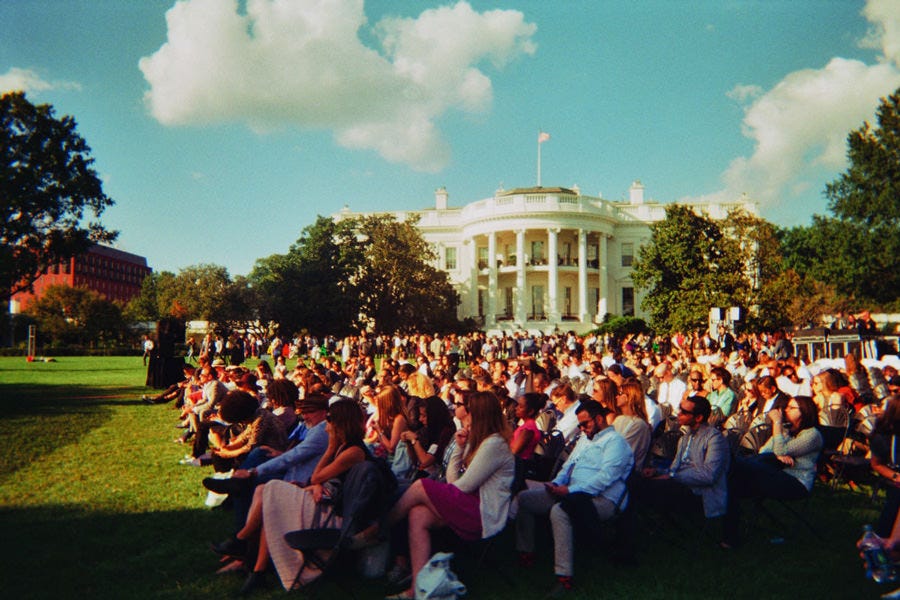
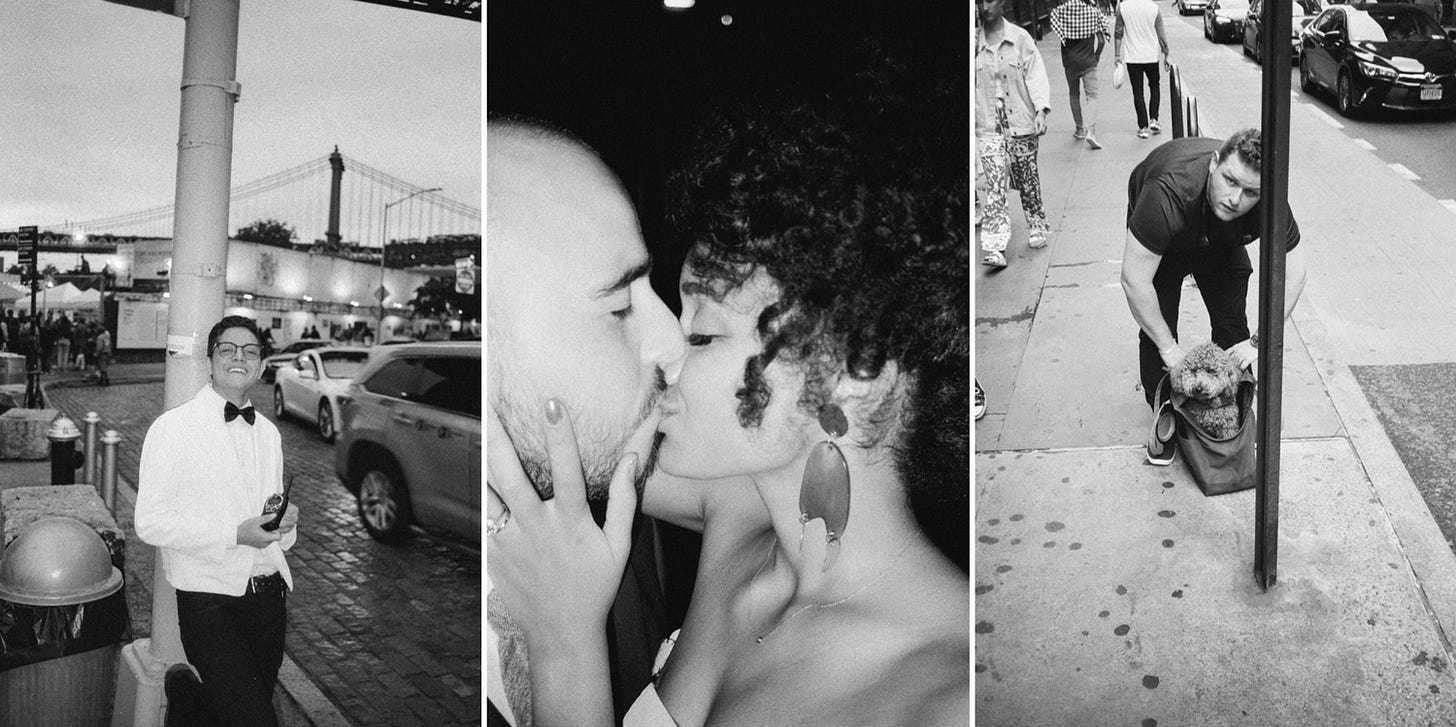
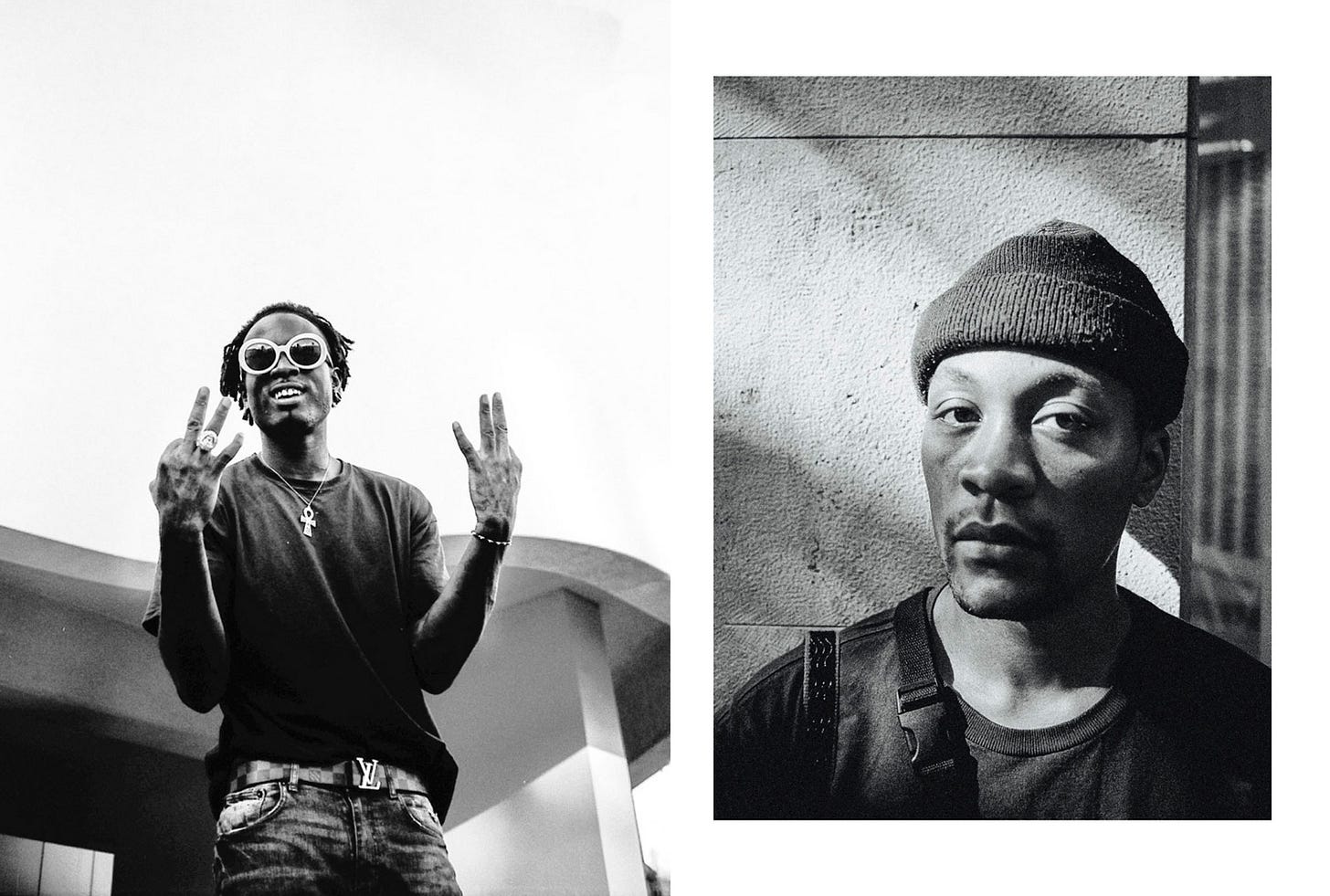
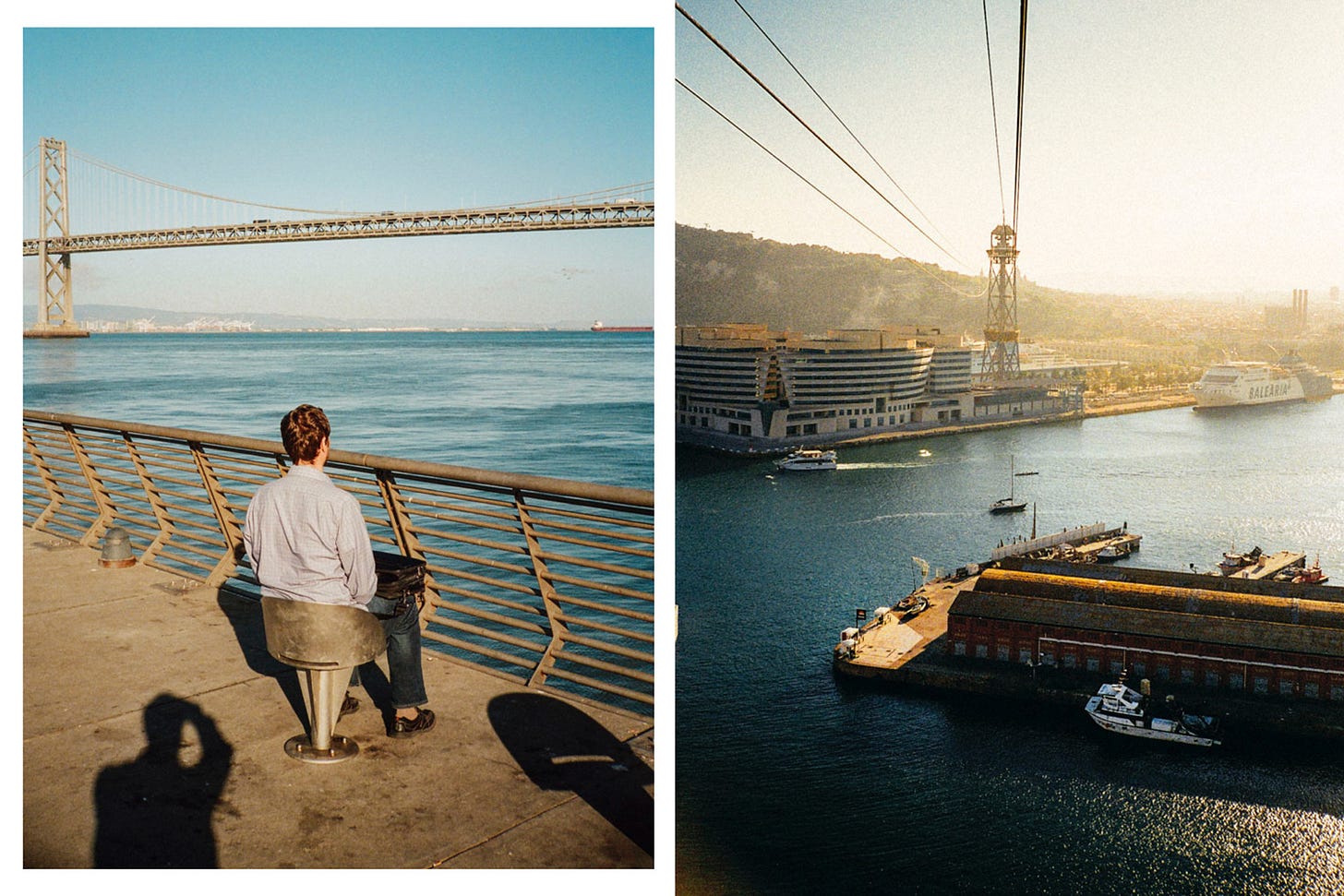

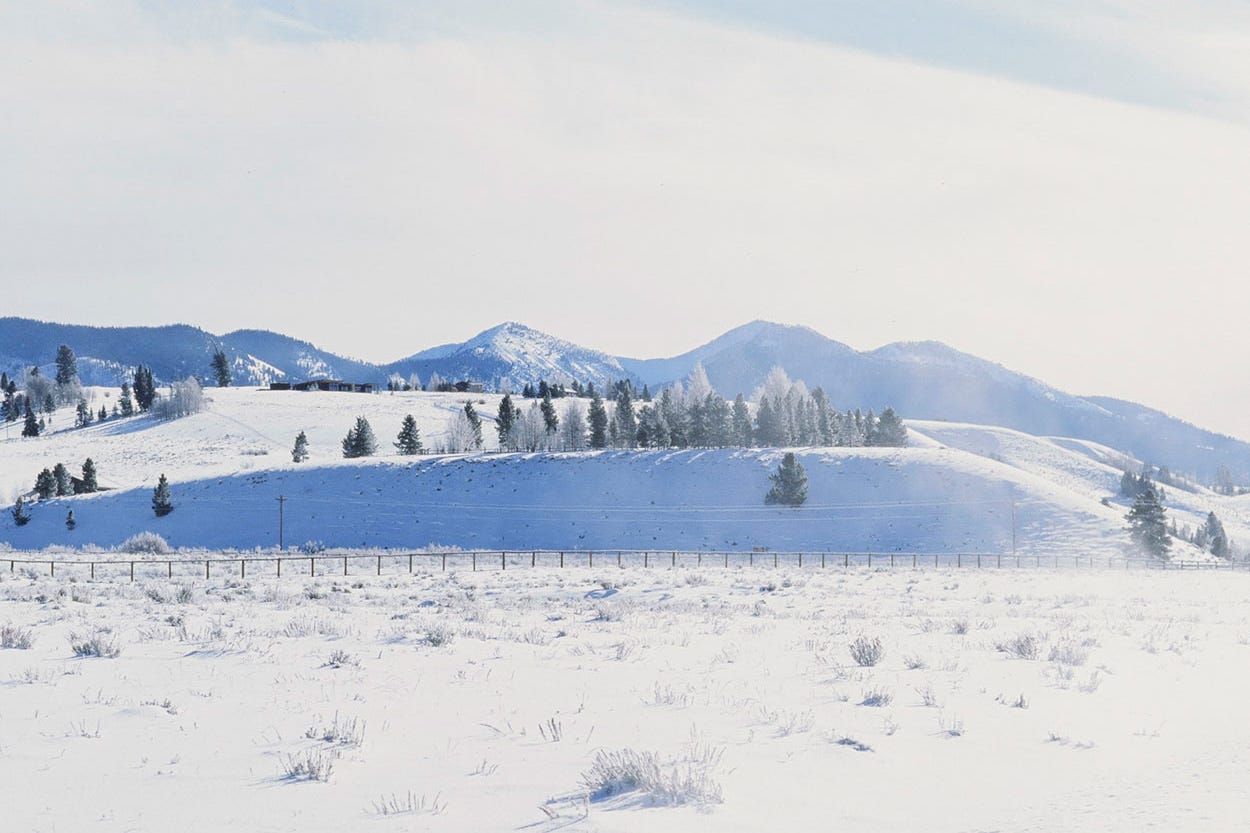

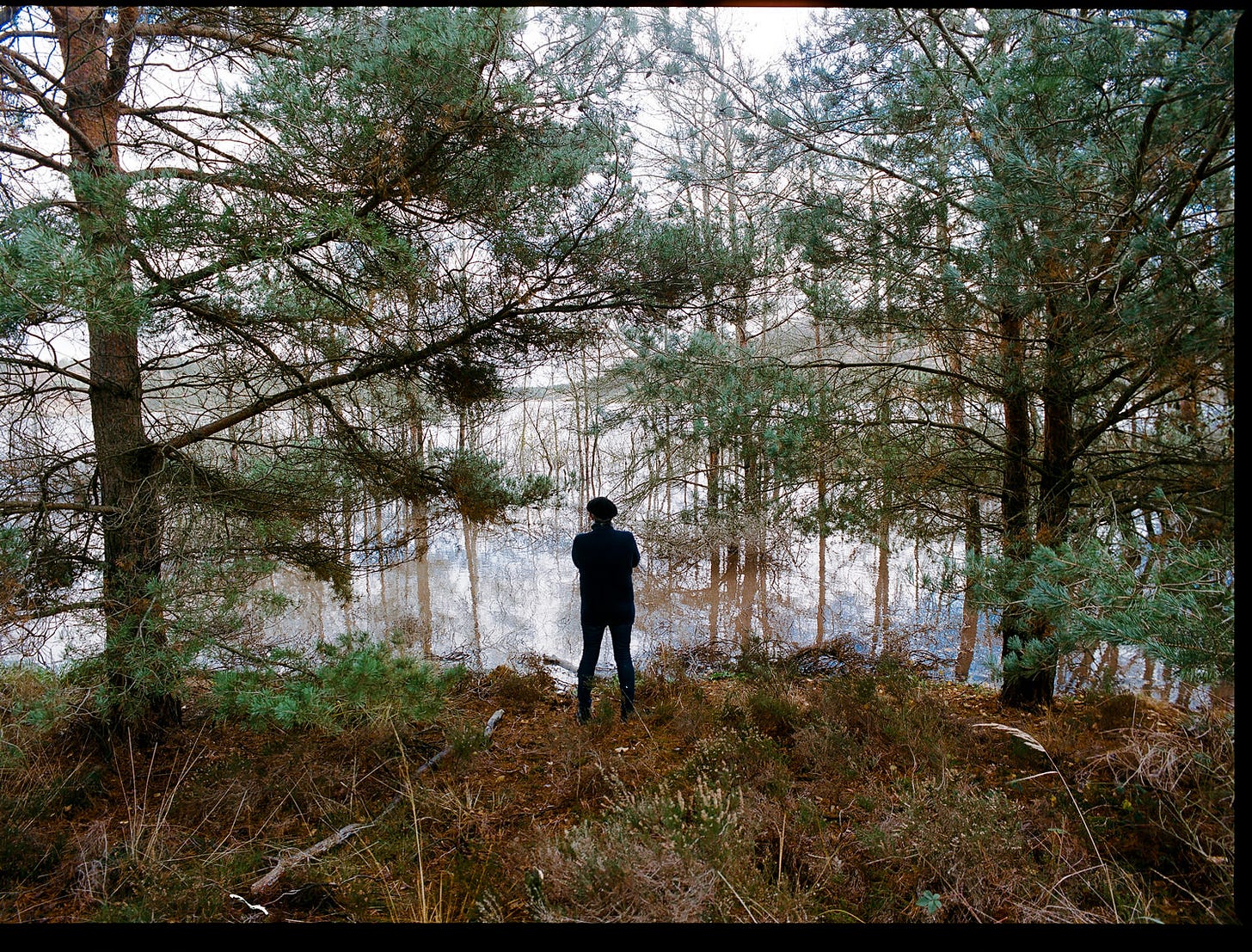
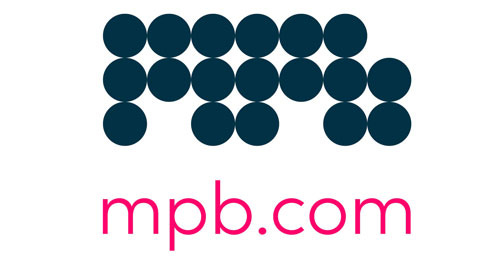
I do love my analog gear, and selecting just one seems like cheating (sorry, F3 and EOS 3N, and Hasselblad C), but today it would have to be my Fuji Gx 680. This is a behemoth of a camera with the most incredible glass. It is not the camera for walkarounds, or backpacking (unless you know a sherpa who works cheap) but it is my first choice for serious work. I usually shoot from the general area of my vehicle and it is most definitely on a tripod. The tilt shift makes it so much fun. Currently I mostly shoot black and white, but recently picked up a couple of bricks of Ektar 100 for a trip to southern Utah.
My favourite is my Hasselblad 501cm. I would change nothing, save the prism finder. I need it for the hotshoe and most of the time want the viewing angle, opposed to the waist finder, however it doesn’t have a diopter (like the waist finder) and I would prefer it did for critical focus. My workaround is carrying a laser measuring device made by Bosh. Not perfect, yet works for me.